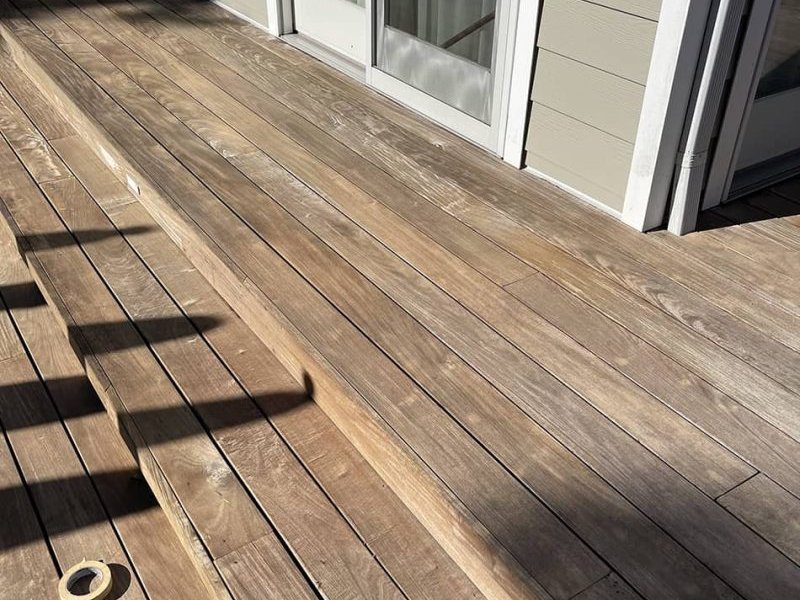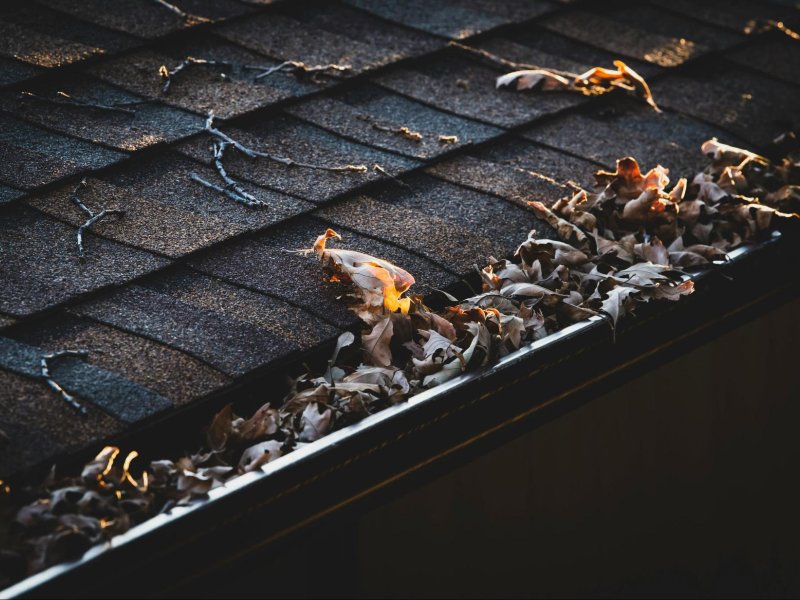Concrete is a durable and versatile material commonly used in driveways, patios, sidewalks, and commercial spaces. However, concrete surfaces can accumulate dirt, grime, stains, and other unsightly substances over time, necessitating a good cleaning. Choosing the right cleaning method is crucial for restoring the appearance of your concrete while ensuring its longevity. This guide will explore the various concrete cleaning methods available, their benefits, and how to determine which is best for your needs.
Understanding Your Concrete Surface
Before diving into cleaning methods, it’s essential to understand the type of concrete surface you have. The cleaning approach can vary depending on several factors:
- Surface Type: Is it polished, stamped, or plain concrete? Each surface may react differently to various cleaning methods.
- Condition: Are there significant stains, oil spills, mold, or just general dirt accumulation? The level of soiling will affect the cleaning method you choose.
- Environment: Consider whether the concrete is outdoors, where it may be exposed to weather elements, or indoors, where a more delicate approach may be necessary.
Understanding these factors will help you select the most effective cleaning method.
Common Concrete Cleaning Methods
Several methods can effectively clean concrete surfaces. Here’s an overview of the most popular options:
a. Pressure Washing
What It Is: Pressure washing utilizes high-pressure water to blast away dirt, grime, and stains from concrete surfaces.
Benefits:
- Highly effective for removing tough stains like oil, grease, and mildew.
- Quick and efficient for large areas, making it a popular choice for driveways and patios.
Considerations:
- Pressure washing can damage softer surfaces or cause water intrusion if not done carefully.
- It may not be effective for certain stains, such as rust or certain types of mold.
When to Use: Ideal for heavily soiled outdoor surfaces, particularly driveways, patios, and sidewalks with stubborn stains.
b. Soft Washing
What It Is: Soft washing is a gentle cleaning method that uses low-pressure water combined with specialized cleaning solutions to remove dirt, mold, and mildew without damaging the concrete.
Benefits:
- Effective for cleaning mold and mildew without the risk of surface damage.
- Eco-friendly options are available, using biodegradable detergents.
Considerations:
- Takes longer to achieve results compared to pressure washing.
- Not suitable for removing deeply embedded stains.
When to Use: Best for surfaces prone to mold and mildew, particularly in shaded or damp areas.
c. Chemical Cleaning
What It Is: This method involves applying chemical cleaners designed to dissolve stains and dirt on concrete surfaces. Various formulas are available for different types of stains (e.g., oil, rust).
Benefits:
- Effective at removing specific stains, such as oil or rust.
- Can be tailored to the type of stain and concrete surface.
Considerations:
- Requires careful handling of chemicals to avoid damage to the surface and surrounding vegetation.
- May require rinsing with water, often in conjunction with pressure washing.
When to Use: Ideal for addressing specific stains on concrete that are resistant to other cleaning methods.
d. Scrubbing
What It Is: Hand scrubbing with a brush and a cleaning solution can effectively remove dirt and stains, especially in smaller areas or where precision is required.
Benefits:
- Allows for detailed cleaning in hard-to-reach spots.
- Minimal risk of damage to the concrete surface.
Considerations:
- Labor-intensive and time-consuming for larger areas.
- Less effective for deep stains unless combined with a cleaning solution.
When to Use: Best for small areas, detailed cleaning, or when dealing with delicate surfaces.
Factors to Consider When Choosing a Method
When selecting the appropriate concrete cleaning method, several factors should be taken into account:
a. Type of Stains
Different stains require different cleaning approaches. For example:
- Oil Stains: Often require chemical cleaners specifically designed to break down oil.
- Mold and Mildew: Benefit from soft washing, which can kill spores and prevent regrowth.
- General Dirt and Grime: Can usually be removed with pressure washing or scrubbing.
b. Surface Condition
Assess the condition of the concrete. If it’s heavily stained or damaged, pressure washing may be necessary. However, if it’s only lightly soiled, a gentler method like soft washing may suffice.
c. Surface Type
As mentioned earlier, the surface type matters. Polished concrete, for instance, may require a different cleaning approach compared to rough or stamped concrete to avoid damage.
d. Environmental Concerns
Consider the environmental impact of your chosen cleaning method. Using eco-friendly cleaning solutions can minimize harm to surrounding vegetation and waterways.
e. Time and Labor
Evaluate how much time you have to devote to cleaning. Pressure washing is faster for larger areas, while hand scrubbing may take significantly longer.
DIY vs. Professional Cleaning Services
Once you have determined the best cleaning method for your needs, consider whether you want to tackle the job yourself or hire professionals. Our friends at Under Pressure Power Washing And Restoration LLC., have provided us with the difference between DIY and professional cleaning:
- DIY Cleaning: If you’re handy and have the right equipment, you can save money by doing the cleaning yourself. Ensure you understand how to use any tools and cleaning solutions properly to avoid damage or injury.
- Professional Services: Hiring a professional concrete cleaning service can save time and ensure a thorough job, especially for challenging stains or larger areas. Professionals have the expertise, equipment, and cleaning solutions to achieve optimal results while minimizing the risk of damage.
Conclusion
Choosing the right concrete cleaning method depends on various factors, including the type of surface, the condition of the concrete, and the specific stains present. From pressure washing and soft washing to chemical cleaning and scrubbing, each method has its advantages and considerations. By understanding your concrete surfaces and their cleaning needs, you can select the most effective approach, whether tackling the job yourself or enlisting the help of professionals. With the right cleaning method, you can restore your concrete surfaces to their original beauty, ensuring they remain functional and attractive for years to come.






